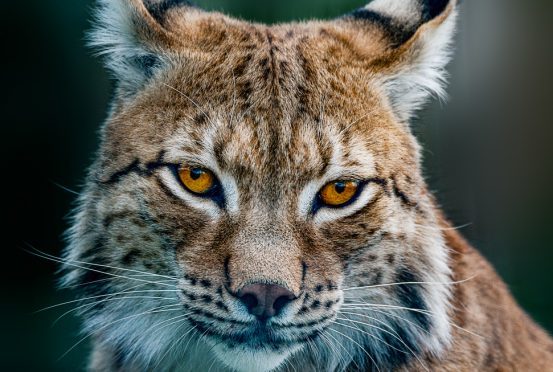An NFU Scotland (NFUS) study group has discovered that Norwegian farmers who lose sheep to predators like wolverine, lynx and bear get compensated at a rate of £260 a head by their Government.
However the union found that the money wasn’t enough to recompense farmers for the psychological impact of losing sheep and insist the trip has strengthened their resolve to prevent the proposed trial reintroduction of lynx to Kielder forest or at Scottish locations.
Aberfeldy hill farmer and NFUS vice-president, Martin Kennedy was a member of the study trip and said he could identify with the 1000 or so Norwegian farmers who are thought to have given up keeping sheep in the face of stock predation in the last decade.
“Although sheep are housed for at least six months of the year, depending on which part of Norway you farm, when they graze up through the trees after lambing then they are extremely vulnerable,” he said.
“Predation has reduced over the past 10 years, but this isn’t because of fewer predators, but more to do with the fact that a number of hill farmers have simply stopped keeping sheep.
“We are in this business to produce good quality food and looking after our animals is a priority, so to see a healthy breeding animal being taken out by a predator early in her life would be horrendous.”
Mr Kennedy said the Norwegians had told the study group that to reintroduce predators to Scotland would be an “absolute catastrophe”.
“Some of the stories we heard were heart-wrenching,” he said.
“Their experience has simply strengthened our resolve to ensure that any proposals to do the same in Scotland receive rigorous scrutiny.”
The union’s study trip found that in 2016, Norwegian authorities paid out compensation on nearly 20,000 sheep which were proven to be lost to predators, and the scheme cost £18million to run.
Of the sheep killed in Norway, wolverine accounted for around 34% of losses, lynx were responsible for 21%, bear 15% and wolf 9%.
Mr Kennedy’s comments come in the wake of Environment Secretary Michael Gove’s decision to personally make the call on whether a trial release of lynx should take place at Kielder in Northumberland which borders on Scotland. NFUS is expected to make representations to Mr Gove early in January.
The Lynx UK Trust has also been in discussions with landowners about a trial reintroduction of the animals in Argyll and Inverness-shire, but Scotland’s Rural Secretary, Fergus Ewing has said that he would never support such a reintroduction in Scotland.
nnicolson@thecourier.co.uk










